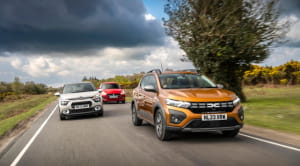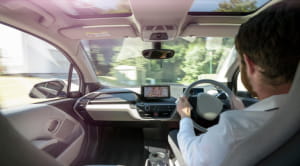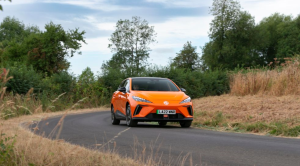
Car industry expert Paul Horrell investigates what could fuel our cars in years to come, and why electricity isn’t the only answer
Your expert: Paul Horrell has been writing for Top Gear for 20 years and is a regular on the European Car of the Year jury panel – suffice to say, Paul knows his onions when it comes to motoring.
Despite recent news stories about hesitancy or a partial U-turn, it still seems likely that, from 2030, any car sold from new must be zero-emission at the point of use – or at least when driving for a significant distance. The government indicates this means pure electric or hydrogen fuel-cell. The ‘significant distance’ caveat allows for plug-in hybrids up to 2035 (and don’t forget there’s no ban on selling second- hand combustion cars).
But economists don’t like it when governments mandate a technology. They’d rather have a mandated result – in this case, vastly reduced CO2 emissions from cars. That way the engineers and the markets can arrive at the winning technology to meet the aim. So let’s take that approach: other than battery- electric, what are the possible options as future fuels and power sources?
Is e-fuel the answer?
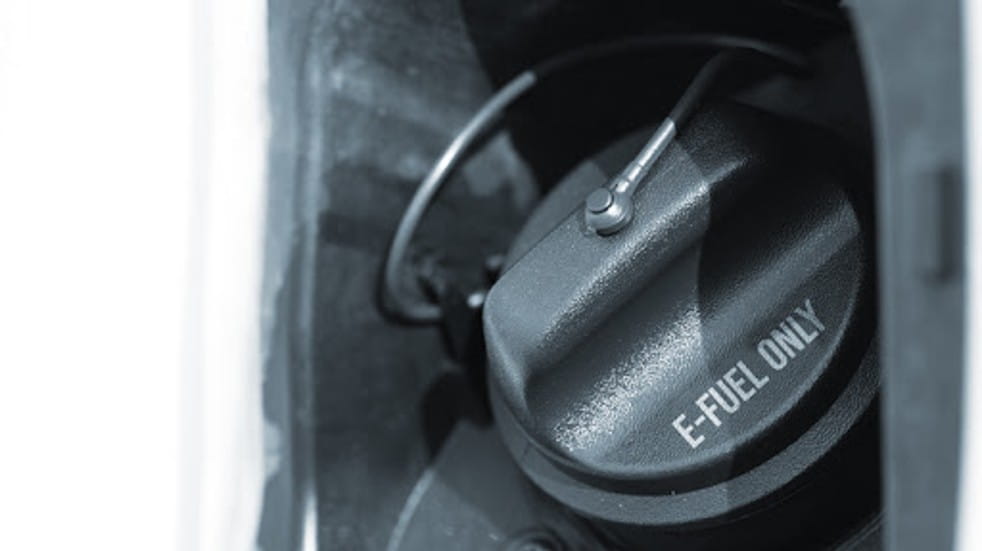
First up is e-fuel, which has come to prominence because the Germans are looking at it as an exception to their ban on sales of new combustion cars, and also because Porsche has got involved in its production via a partnership with ExxonMobil and others in a new plant in southern Chile. This is one of the most consistently windy places on earth – handy as the process is powered by wind turbine. Stage one captures CO2 from the atmosphere using newly developed ‘scrubber’ machines. Then a series of chemical processes combine it with hydrogen from electrolysed water to produce methanol, and then petrol.
There’s an efficiency cost to this. The equivalent electrical energy, if put directly into an EV battery, would drive significantly further. But there are many places in the world where there’s a lot of potential renewable electricity and few cars. For example, windy tundra – hence Porsche’s e-fuel plant in Patagonia – and sunny deserts for solar. Long-distance transmission of electricity is highly expensive and results in the loss of some of it, whereas it’s straightforward to put synthetic fuel into a tanker and transport it (perhaps powering that tanker with the e-fuel itself).
Plant varieties of fuel
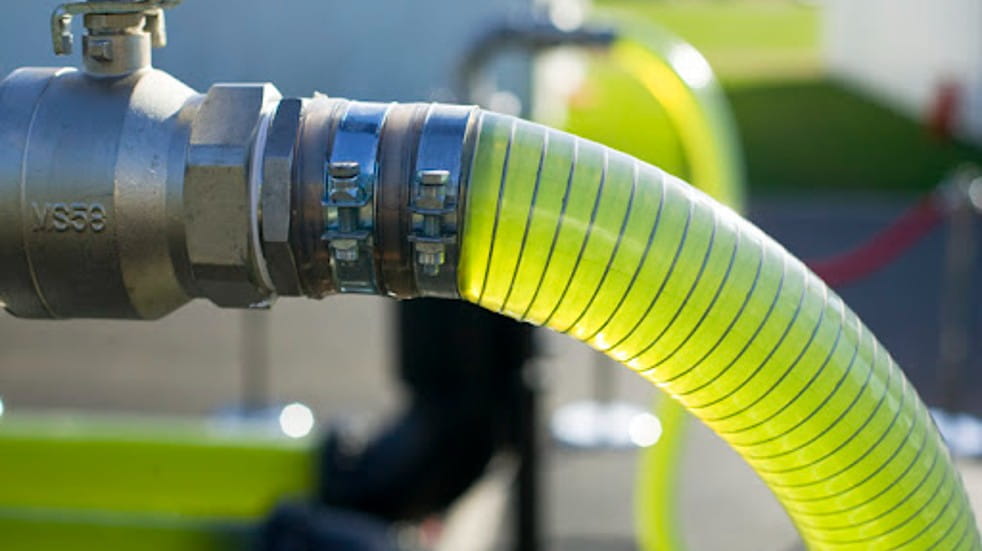
Then there’s plant-based ‘sustainable’ fuel, obtained from non-food plant material. UK firm Coryton, for instance, is doing it using straw, forestry leftovers, even waste cooking oil. A series of complex processes make these into molecules identical to those in petrol and diesel, so they can be blended at existing refineries.
It’s ‘sustainable’ because the plants draw CO2 from the air as they grow, whereas with the e-fuel method it’s man-made machines that draw down the CO2. But in each case it’s circular (commonly known as net-zero), rather than the one-time burning of carbon from oil drilled out of the ground.
Both those net-zero processes, though, are costly. Their proponents say they’ll only make real sense if sustainable or e-fuel can swerve fuel duty and be taxed at a similar rate to electricity. That would increase demand, but supply remains an issue. At the moment you can’t buy either of these fuels at the pumps. The Porsche plant, even when scaled up, will supply only the needs of its racing series and the first tankful in the new road cars coming off its production lines. Coryton doesn’t expect to supply retail buyers any time soon, but will feed into existing refineries for blending.
And remember, these fuels are manufactured to be identical at the molecular level to those we get from crude oil. That’s why Germany’s proposed exemption to Europe’s 2035 internal combustion engine (ICE) ban for those cars that run on e-fuels looks all but impossible to implement. A car that runs on e-fuel or sustainable fuel is also a car that can run on petroleum- based fuel, which of course will still be widely sold for many years to run today’s cars. Perhaps they’ll use blockchain to trace each litre.
Besides, there’s the obstacle of scaling up. The e-fuel process is hugely capital intensive. The biological sustainable fuel process can’t supply a significant proportion of our road fuel because that would demand more waste plant matter than we have to hand.
Actually, we do drive on a partial biological petrol now, as so-called bioethanol is blended in to petroleum- based unleaded at 10% – it’s known as E10 and most petrol sold is now this type. (A similar proportion of other biofuel is blended into diesel.)
Logically, the total CO2 reduction is the equivalent of taking a tenth of our cars off the road. But this bioethanol is mostly made from food crops – wheat, maize and sugarbeet. It uses up about 1% of UK arable land. And petrol is a more complex mix of compounds than just pure ethanol.
Is gas a goer?
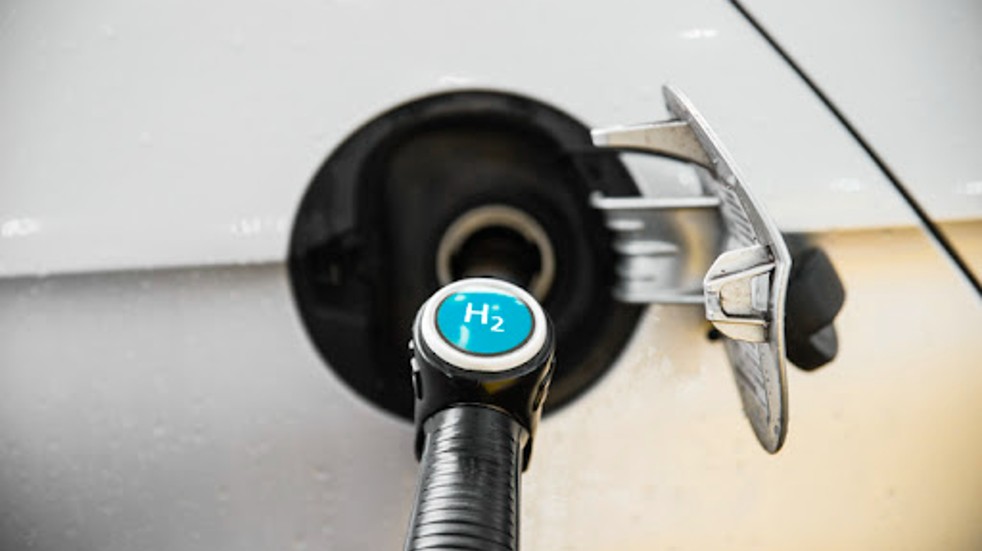
Another proven tech, used by millions of cars around the world, is to have slight engine modifications and a gas tank so that a petrol car runs on compressed natural gas (CNG) or methane. This burns cleanly, and can be obtained from anaerobic digestion of farm animal dung or human sewage, among other net-zero inputs. Trouble is, this waste has little energy in it and so to improve output, specially grown crops are often mixed in. But again, that means using land that could be growing food.
What about hydrogen?
I mentioned hydrogen in the context of e-fuel: it’s one of the things produced to go into the fuel synthesis process. But we can use the hydrogen directly, most obviously to power fuel-cell cars.
Alternatively, hydrogen can even be burned in a lightly modified normal combustion engine. The drawback is efficiency. One kWh unit of electricity will drive a battery car three miles or so. The same unit of electricity used to produce, compress and distribute hydrogen will drive a hydrogen car less than a mile. There are much better uses for hydrogen than driving cars. We need it for ‘green’ steel, chemical processes, shipping and possibly air travel. All of these are far harder to decarbonise without hydrogen than car travel.
To a degree, the same applies then to the hydrogen-derived e-fuel. It’s a quick win for shipping and aviation, and for keeping valuable classic and sports cars running – hence Porsche’s interest. But as a mainstream solution to let us keep buying new petrol and diesel cars – well, there are simply more urgent uses for the hydrogen and more efficient uses for the electricity used to produce it. As Porsche agrees, while it busily converts most of its models to electric drive.
And back to EVs...
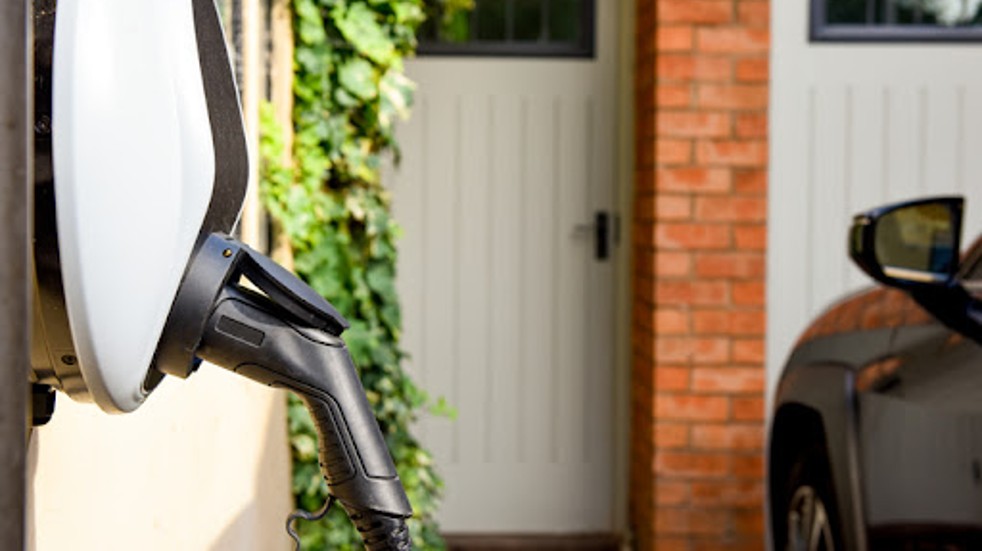
Yes, as is often pointed out, electric cars do have a CO2 overhead in their manufacture, but it’s repaid in around 30,000 miles, or less if the battery manufacturer installs green electricity generation. That’s because of their efficiency in driving. And until we get unlimited green electricity, either via renewables or the very distant conversion to nuclear fusion (the kind that doesn’t produce long-lived radioactive waste), efficiency is critical.
Anyway, these net-zero petrol and diesel processes aren’t sufficient to run all ICE cars and probably won’t ever be. But they present two compelling advantages. First is that they allow a proportion of existing cars to reduce their carbon impact. Scrapping a new car to replace it with an electric one is a waste, because that electric one has to be manufactured by CO2-intensive processes. EVs are unquestionably the best CO2-cutting technology we now have – when they’re bought as substitutes for new ICE cars.
But in existing ICE vehicles, it’s well worth using e-fuel, sustainable fuel and biofuel as much as possible as soon as possible. That’s because every tonne of CO2 we send to the atmosphere in 2023 will be sitting up there changing the climate for 27 years before 2050, when we’ve promised the whole economy will be net zero. Pulling levers now has far more effect than pulling them later.
Do more with Boundless
Save on petrol
If you're still using petrol or diesel, remember you can save 3% on fuel as well as shopping with Morrisons, which has 339 petrol stations in the UK. Simply credit an eGift or gift card and it can be used to make savings on your fuel for 12 months. To find out more, log in to Boundless membership here.
Boundless members get free entry to top attractions, discounts on restaurants and savings on high-street brands plus dozens of other deals on holidays, experiences and more! If you're working or retired from the public sector or civil service and not yet a member, discover more about Boundless membership.


